Islamization Period
1200

1275
Tuan Mashaikha, The First Muslim Preacher in Sulu
1300
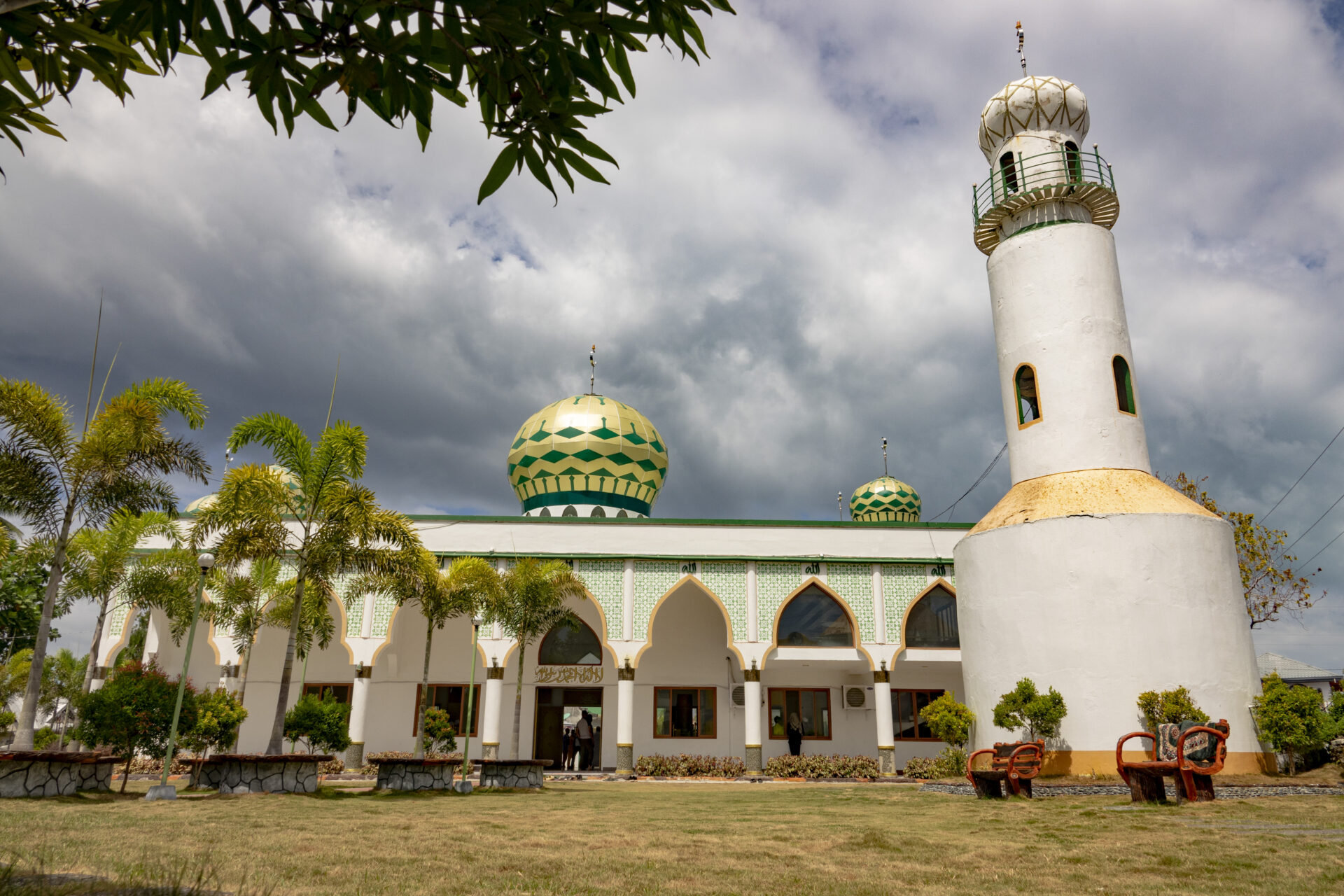
1365
Arrival of Sheikh Karimul Makhdum in Tawi-Tawi
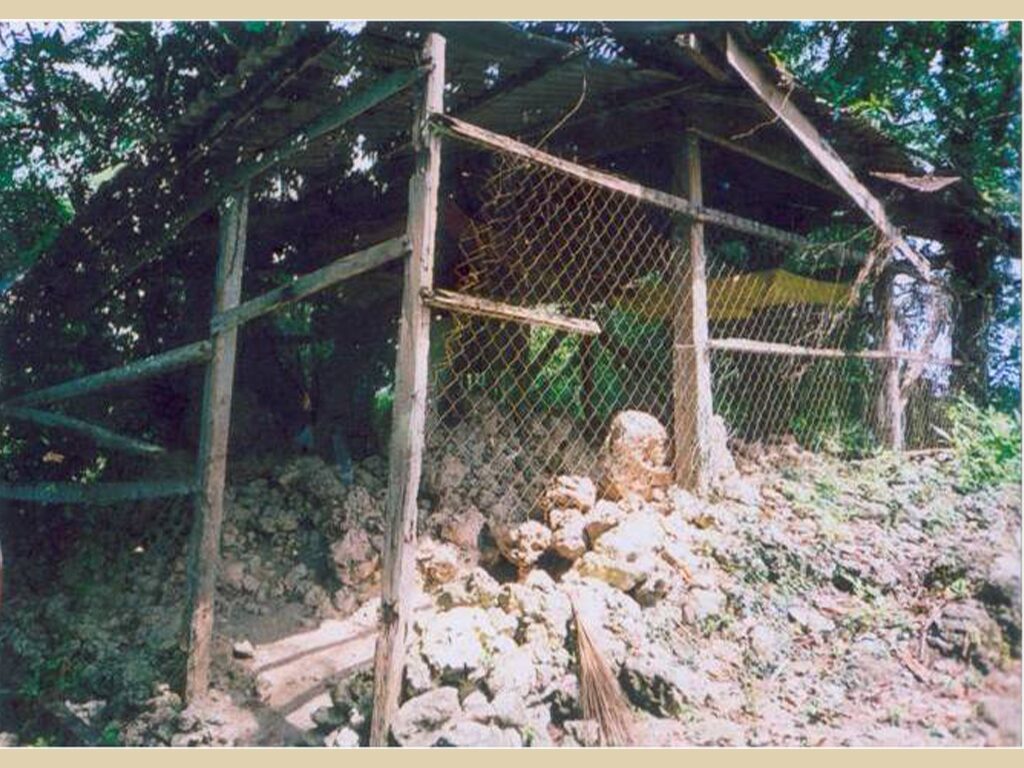
1368
Islam Came to Maguindanao
1400
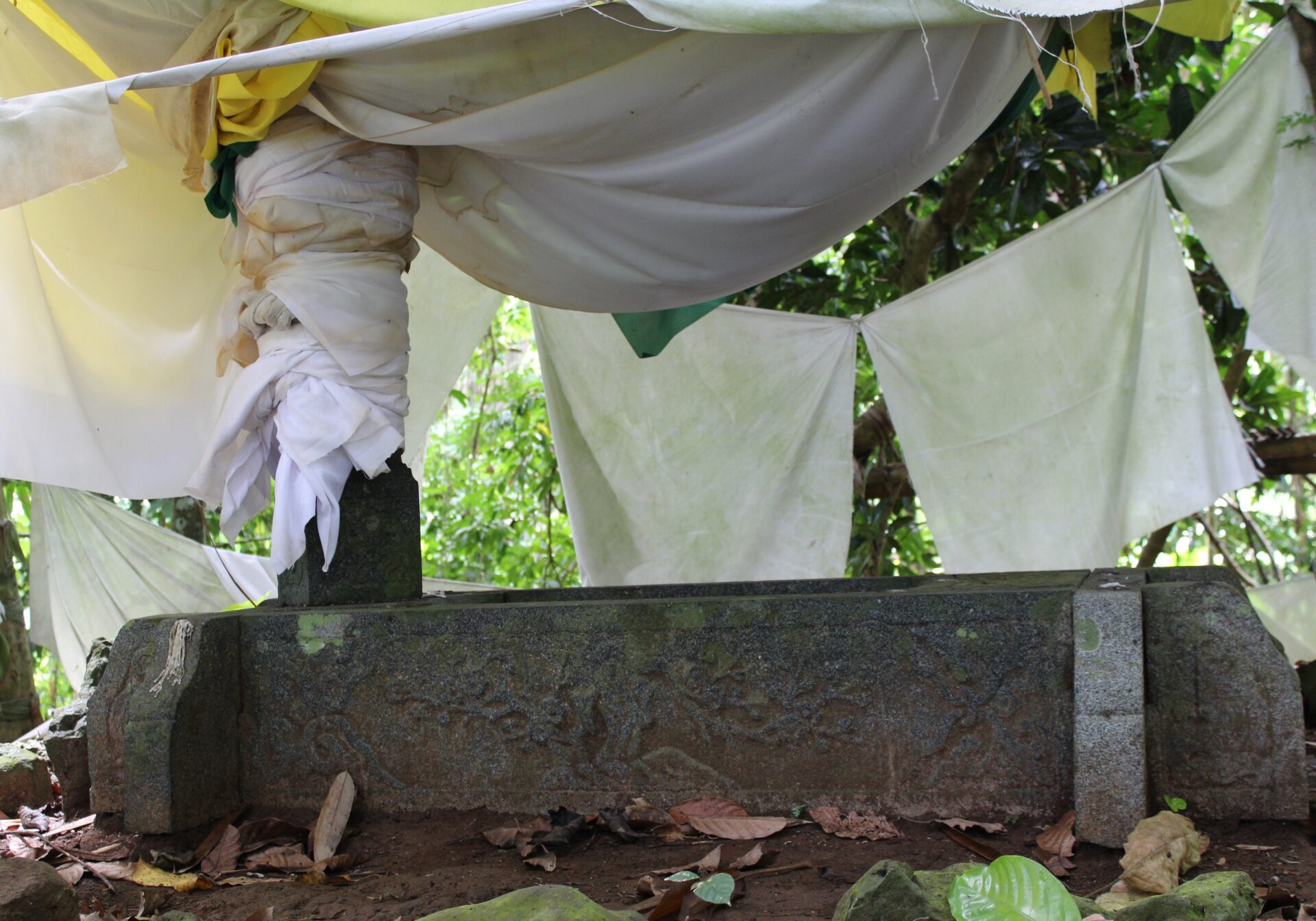
1405
Shariful Hashim and the Rise of Sulu Sultanate
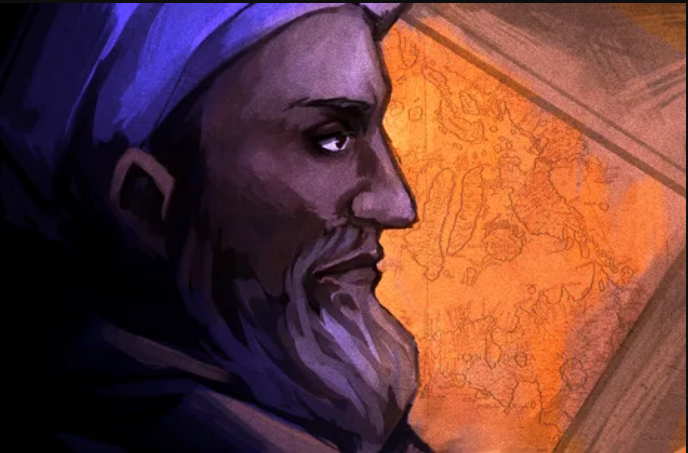
1440
Sharif Muhammad Kabungsuwan and The Maguindanao Sultanate

Islam Reached Lanao Areas

Islam Moved North

Legacy of Islam in Luzon and the Visayas

Tuan Mashaikha, The First Muslim Preacher in Sulu
1275
Tuan Mashaikha, The First Muslim Preacher in Sulu
The first preacher to teach Islam in the Philippines was Ahmad Timhar Magbalu, known as Tuan Mashaika, who came from Hadramaut in Yemen to Sulu around 1270-1275.
As early as 982 AD, foreign Muslims were already in the Philippines. Chinese account mentions an Arab ship Mindoro who came to the port of Canton (Guangzhou). But the beginning of the spread of Islam took place in Sulu with the arrival of a Muslim preacher, Ahmad Timhar Maqbalu around 1270-75 AD. He is known in oral history as Tuan Mashaikha, a title indicating that he came from the house of Mashā’ikh (learned) who were descendants of Prophet Muhammad through his grandson Husayn.
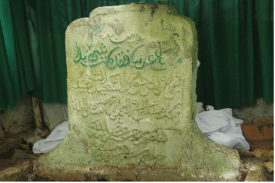
Because of his superior knowledge, he acquired respect from the Tausug and married the daughter of the local chief. He died in 710 hijra/1310 leaving some descendants in Sulu. His missionary activity facilitated the slow transition from Hinduism or conversion to Islam of the local inhabitants. His shrine in Bud Datu serves as the oldest physical evidence of Islam in the country.
Sources:
Scott, Henry William. Filipinos in China before 1500. China Studies Program. Manila: De La Salle University, 1989.
Majul, Cesar A. The Muslims in the Philippines. Quezon City: University of the Philippines Press, 1999.
Al-Attas, Syed Muhammad Naguib. Historical Fact and Fiction. Malaysia: UTM Press, 2011.
Read More

Arrival of Sheikh Karimul Makhdum in Tawi-Tawi
1365
Arrival of Sheikh Karimul Makhdum in Tawi-Tawi
Karimul Makhdum was a celebrated Muslim Sufi preacher who first taught Islam among the Sama in Tawi-Tawi fifty years after the arrival of Tuan Mashaika in Sulu.
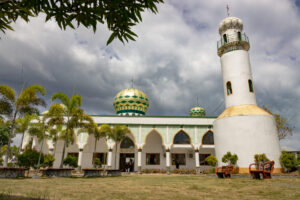
Fifty years after the death of Tuan Mashaikha, the celebrated Sufi preacher from the Qadiri order, Ibrāhīm Zayn al-Dīn al-Akbar, locally known as Karimul Makhdum (the Noble Master), landed with his men in Tawi-Tawi. He was the seventh generation of Imām Muhammad Sāhib Marbāt, the seventh generation from the Imām Ahmad bin ‘Īsā (d.961) surnamed the Emigrant (al-Muhājir), and the eighth generation from al-Husayn, the grandson of Prophet Muhammad. Karīmul Makhdum spent most of his life traveling to spread Islam. He taught Islam in East Java and was celebrated as the Sunan (revered person) of Gresik (Tuban).
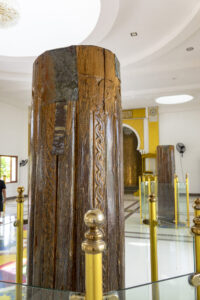
Many Javanese saints descended from him. He traveled extensively in the Sulu archipelago to teach Islam.
Karimul Makhdum and his men must have arrived first on Sibutu island, South of Tawi-Tawi. They built a mosque in Simunul and visited many islands of Sulu. Karimul Makhdum has been attributed with spiritual powers, like walking on water.
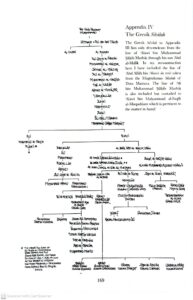

Sources:
Majul, Cesar A. 1999. The Muslims in the Philippines. Quezon City: University of the Philippines Press.
Al-Attas, Syed Muhammad Naguib. 2011. Historical Fact and Fiction. Malaysia: UTM Press.
Kurais II, Muhammad. 1979. The History of Tawi-Tawi and Its People. Tawi-Tawi: Mindanao State University Sulu-College of Technology and Oceanography.
Read More

Islam Came to Maguindanao
1368
Islam Came to Maguindanao
Karimul Makhdum proceeded to Mindanao to teach Islam to the Maguindanaon. He was the first Muslim missionary popularly called Sharif Awliya by the natives.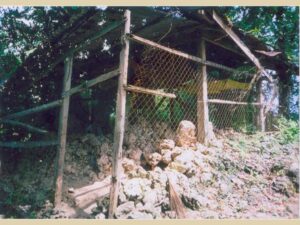
After teaching Islam in Sulu, Karimul Makhdum traveled to Maguindanao via the Zamboanga Peninsula. He arrived around 1365 and was known as Sharif Awliya since many of the saints in Java descended from him. He married the local princess and taught Islam before returning to Java. He left a daughter named Paramisuli and three sons in Maguindanao.
Sources:
Majul, Cesar A. 1999. The Muslims in the Philippines. Quezon City: University of the Philippines Press.
Al-Attas, Syed Muhammad Naguib. 2011. Historical Fact and Fiction. Malaysia: UTM Press.
My interview with Sultan Sharif Kaharodin. February 28, 2006. Dulawan, Maguindanao.
Read More

Shariful Hashim and the Rise of Sulu Sultanate
1405
Shariful Hashim and the Rise of Sulu Sultanate 1405
Sayyid Abukar, a Malay-Arab Prince, came to Basilan, later proceeded to Sulu to teach Islam, and established the Sulu Sultanate in 1405.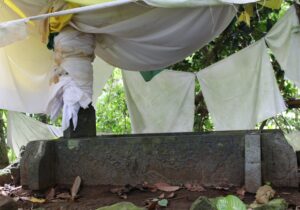
The culmination of the spread of Islam in the Sulu Archipelago was reached with the arrival of Sayyid Abubakar, locally known as Shariful Hashim. He belonged to the Bani Hāshim, the most noble line of Quraysh from which Prophet Muhammad was descended. He was the son of Sayyid ‘Ali Zayn al-‘Abidin al-‘Alawi al-Husayni to a Malaccan Princess, daughter of Sultan Iskandar. His father, Sayyid ‘Ali Zayn al-‘Abidin, was the fifth in line of descent from Sharif ‘Abd Allāh, son of Sharif ‘Alawī bin Muhammad Sāhib Marbāt from whom both Tuan Masha’ika and Karīmul Makhdum descended from.
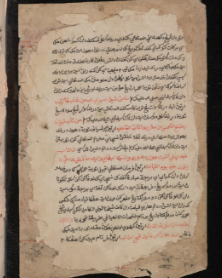
After studying Islam in Mecca, he returned to Malacca with a book, Durr al-Manzum (The Strung Pearls). He taught the book to the Malaccan sultan, who then ordered the translation of the book into Malay.
He first stayed among the Yakan in Basilan. Later, he proceeded to Sulu upon the invitation of the Tausug. He arrived in Sulu around 1395 and married the daughter of Raja Baginda, a prince from Menangkabaw who was ruling the coastal areas in Sulu before his arrival. After the death of Raja Baguinda, Shariful Hashim consolidated the population, converted the remaining non-Muslims, established the Sulu Sultanate in 1405, and became the first sultan. He also built madrasa and organized the teaching of the Qur’an and Hadith.
Sources:
Majul, Cesar A. 1999. The Muslims in the Philippines. Quezon City: University of the Philippines Press.
Al-Attas, Syed Muhammad Naguib. 2011. Historical Fact and Fiction. Malaysia: UTM Press.
Kurais II, Muhammad. The History of Tawi-Tawi and Its People. Tawi-Tawi: Mindanao State University Sulu-College of Technology and Oceanography, 1979.
Absari, Darwin J. 2021. PagTuhan: The Tausug Spiritual Tradition. Quezon City: University of the Philippines Press.
Read More

Sharif Muhammad Kabungsuwan and The Maguindanao Sultanate
1440
Sharif Muhammad Kabungsuwan and The Maguindanao Sultanate 1440
The spread of Islam in Maguindanao culminated with the arrival of Sharif Kabungsuwan who established the Maguindanao Sultanate in 1440. He is believed to be the younger brother of Sultan Shariful Hashim.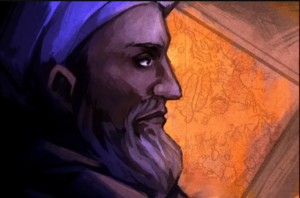
Islam’s further spread in Maguindanao was accomplished by Sharif Muhammad Kabungsuwan, who was accordingly, Shariful Hashim’s younger brother. He arrived in Maguindanao with his men and the seafaring people (Sama Dilaut) around 1440. He was met by the local chiefs Tabunaway and Mamalu, who were descendants of his uncle Sharif Maharaja.
Sharif Maharaja was another Muslim preacher who followed Sharif Awliya to Maguindanao to continue missionary work. His daughter was married to Sharif Maharaja, from whom Tabunaway and Mamalu descended. With the assistance of the two local chiefs, Sharif Kabungsuwan was able to consolidate the natives and establish the Sultanate of Maguindanao. He reigned for more than 20 years before returning home.
Sources:
Saleeby Najeeb M. 1905. Studies in Moro History, Law, and Religion. Manila: Bureau of Printing.
Majul, Cesar A. 1999. The Muslims in the Philippines. Quezon City: University of the Philippines Press.
Al-Attas, Syed Muhammad Naguib. 2011. Historical Fact and Fiction. Malaysia: UTM Press.
Read More
Islam Reached Lanao Areas
Islam Reached Lanao Areas
Lanao areas were also Islamized by a Muslim preacher, Sharif ‘Alawi, and through the intermarriages of Maguindanao rulers and M’ranaw datus.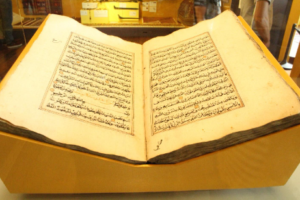
During the first half of the seventeenth century, Islam slowly spread from Maguindanao to some parts of Sarangani and Davao. With the same political and marriage alliances with the M’ranaw datus, Islam entered Lanao.
Local traditions also mention the coming of Sharif ‘Alawi, who became chief of Misamis Oriental and whose preaching reached Lanao and Bukidnon. He is also believed to have left descendants in the area. Tausug from Sulu must have contributed to the spread of Islam in Lanao areas. Some M’ranao families claim descent from the Tausug Sharif who came to reinforce Islam.
Source:
Majul, Cesar A. 1999. The Muslims in the Philippines. Quezon City: University of the Philippines Press.
Absari, Darwin J. 2021. PagTuhan: The Tausug Spiritual Tradition. Quezon City: University of the Philippines Press.
Read More

Islam Moved North
Islam Moved North
According to Chinese sources, the earliest presence of Muslims in the country was in 982 AD in Mindoro. However, the beginning of Islam’s spread to Luzon and the Visayas took place at the height of the Sulu Sultanate and was reinforced by Bornean preachers in the sixteenth century.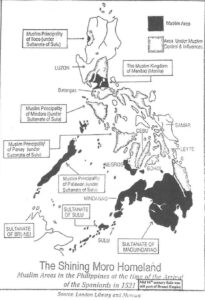
Islam was present in Luzon as early as 982 AD. A Chinese document mentions an Arab ship from Mindoro that went to China. However, the initial spread of Islam to the Visayas and Luzon took place at the height of the Sulu Sultanate at the beginning of the fifteenth Century. Some areas in Luzon and the Visayas were under the influence of the Sulu Sultanate.
This initial spread was later reinforced when the Brunei sultan took over Manila and brought in Muslim missionaries who reached as far as Batangas, Cebu, Mindoro, Oton in Iloilo, and Bonbon in Butuan. Spanish Historian Antonio Morga wrote, “If the entrance of the Spaniards had been longer delayed, this sect would have extended all over the island, and even throughout the others; and it would have been difficult to have uprooted it from them.”
However, the slow spread of Islam to Luzon and the Visayas was halted with the arrival of Spaniards in the mid-sixteenth century. But legacies of Islam continue to survive in the language, psychology, and way of life of the Christianized natives.
Sources:
Donoso, Isaac. 2013. Islamic Fareast: Ethnogenesis of Philippine Islam. University of the Philippines Press.
Majul, Cesar A. 1999. The Muslims in the Philippines. Quezon City: University of the Philippines Press.
Read More

Legacy of Islam in Luzon and the Visayas
Legacy of Islam in Luzon and the Visayas
Islamic legacies can be found in the language, psychology, and way of life of the Christianized natives. It can also be seen even in the architectural design of old churches.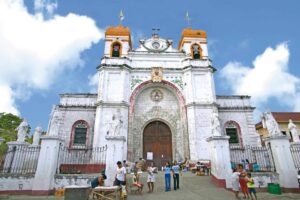
Source: https://sugbo.ph/2022/most-beautiful-churches-in-cebu/
The long Spanish evangelization in Luzon and the Visayas did not entirely erase Islam’s legacies among the Christianized natives. These legacies came via the Tausug of Sulu, Malay, and even the Spaniards. According to the Filipino indigenous concept, Kapwa (fellow human being) is a shared identity. The unity of the self and others reflects the Islamic concept of Tawhid that Filipino Muslims apply in their interpersonal relationships.
Henry William Scott’s Prehispanic Source Materials for the Study of Philippine History (1984) and John Wolff’s Malay Borrowings in Tagalog (1976) reveal some relevant Tagalog words borrowed from Malay and Arabic. One of the most important words is simbahan (house of worship or church), derived from the root word simba (worship). Simba, as revealed by the works of Scott and Wolff, is derived from the Malay word sumba (worship), which originally came from the Arabic term subha (praise).
It is interesting to note that the old simbahan (churches) in the Philippines, especially those in Cebu and Bohol, also reveal Islamic influence, particularly from mosques in Spain. Spaniards brought with them their Islamic roots, as the Moors had Islamized them for nearly 800 years. Alicia Coseteng, in her Spanish Churches in the Philippines (1972), wrote: “Muslim influence is much more pervasive in the southern regions, especially in Bohol and Cebu. Churches in these regions carry elements and motifs which are reminiscent of the Mudejar in Spain and Mexico. Minaret-like bell towers with their onion-shaped domes or four-cornered hat roofs, like those of the Church in Carcar, and the highly stylized design of the façade of the church in Naga, Cebu, indicate strong Muslim influence. Floral and geometric patterns—delicate, flat, stylized—on the facades and in the interior of churches in these two provinces reveal distinctly Moorish origins. Lattice work, inlays, carved woodwork, blind balustrades, trilobular and ogee arches, spiral columns, all these are charming evidence of Muslim art on colonial religious architecture.
Even some Spanish loan words in Tagalog originated from Arabic, such as alcalde (mayor) from the Arabic term al-Qadi (judge), barrio/baryo (district) from barrī (less urbanized parts of the city), and many others. The word sinulog of Cebu was derived from the Tausug word sulog (sea current), and that the Sinulog dance is traceable to the Sulu traditional war dance.
Sources:
Scott, Henry William. 1984. PreHispanic Source Materials for the Study of Philippine History(Revised Edition). Quezon City: New Day Publishers.
Donoso, Isaac. ed. 2018. More Islamic Than We Admit. Insights into Philippine Cultural History. Quezon City: Vival Foundation, Inc.
Absari, Darwin J. 2021. PagTuhan: The Tausug Spiritual Tradition. Quezon City: University of the Philippines Press.
Absari, Darwin J. 2022. “The Tausug Spirituality: Indigenous Roots, Islamic Practices.” In Transfiguring Mindanao: A Mindanao Reader. Edited by Jose Jowel Canuday and Joselito Sescon. Quezon City: Ateneo de Manila Press.
Coseteng, Alicia M. L. 1972. Spanish Churches in the Philippines. New Mercury Printing Press, Quezon City, Philippines.
Mojares, Resil B. 2017. The Feast of the Sto. Nino: Introduction to the History of Cebuano Devotion. Cebu City: University of San Carlos Press.
Sinulog: The Sulu Roots. Documentary Film by Palm Grass, The Cebu Heritage Hotel. 2020. https://www.youtube.com/watch?v=Ku2Tr347fqk&t=341s
Read More